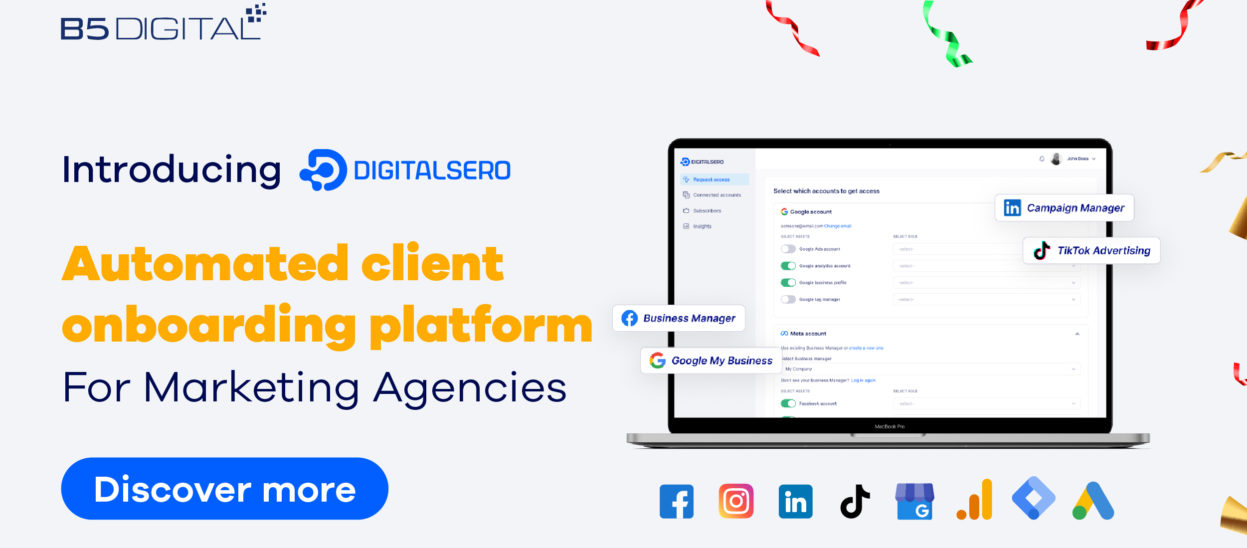Onboarding is the start of a new employee’s journey with your business, and it definitely forms a big part of their first impressions of your company.

With remote and hybrid teams, the importance of onboarding is all the same, but what changes is how it can be managed properly for remote employees.
In this blog, we share essential tips for onboarding new remote employees and making their experience like if they are welcomed properly at your office.
Offer self-service
While onboarding employees working from the office has its advantages. Real-life human communication that can’t be achieved with remote workers, onboarding remote employees has its perks too. When you hire remote employees, you can let them serve themselves, and make the workflow much faster than that at the office.
During onboarding, employees can have many questions, and when there is a self-service platform or chatbot automating answering questions and providing them with resources, they’ll have an overall much better experience.
You don’t need to complicate self-service tools. It just needs to cover the most repetitive questions and the resources (including the company’s policy) employees will naturally need.
You can also keep it updated with new answers and resources until it is comprehensive enough. This self-service tool can be part of your HR software serving the whole department.
Let them communicate efficiently
Lack of communication is always behind many of the issues that can face employees during onboarding. Your remote employees can be productive at the beginning of joining your company. But issues not related to their work model can affect this productivity.
You can isolate your employees without knowing who to contact for a specific issue. What is what you need to avoid. Set clear duties and methods of communication for every remote employee to totally avoid this.
Monitor employees’ behaviour
You don’t always do employee monitoring for security, content prohibition, and time tracking purposes. You can monitor their behaviour to evaluate the success of your newly adopted software. Then learn the challenges they face with your business application, and learn about their experience with it.

You can monitor remote employees’ behaviour as soon as their onboarding process starts, to learn what impresses and what frustrates them.
Unify your business culture
When you have remote working employees and others working from the office, there can be a big gap between them. Having clear values and policies that are actionable for both remote and in-office employees can help you avoid this gap.
When you document the procedures and everything. Then you can turn your policies and values into real aspects that impact your business culture positively. When you take this into consideration during employee onboarding, you can do it successfully.




